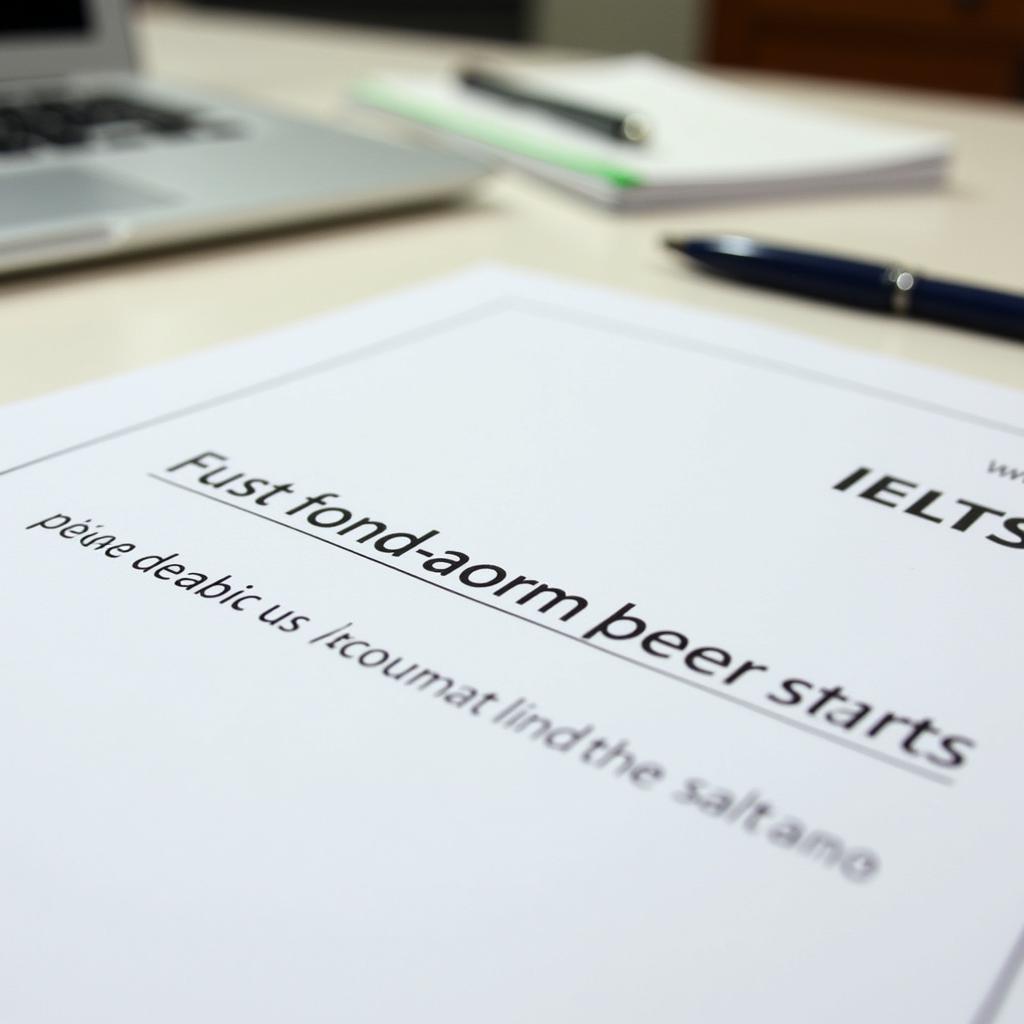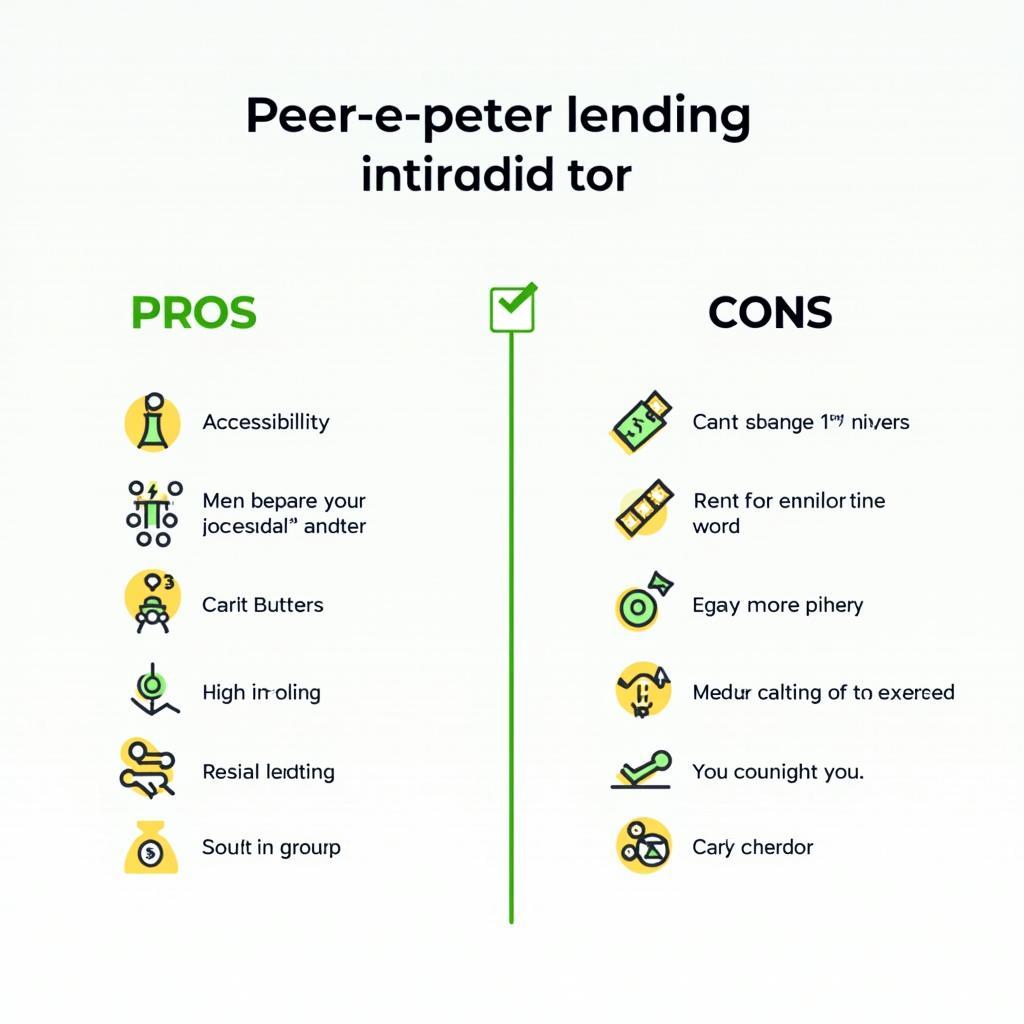Peer-to-peer lending has become an increasingly popular topic in IELTS Writing Task 2, appearing in various forms since 2019. Based on analysis of past exam questions, this topic frequently appears in essays about technology, finance, and social changes. Let’s examine a recent actual IELTS question on this subject.
 IELTS Writing Task 2 essay question about peer-to-peer lending
IELTS Writing Task 2 essay question about peer-to-peer lending
Task Analysis
Some people say that peer-to-peer lending platforms are revolutionizing personal finance by making loans more accessible. Others argue these platforms increase financial risks for lenders and borrowers. Discuss both views and give your opinion.
This is a discussion essay requiring:
- Analysis of both perspectives on P2P lending
- Clear personal stance
- Well-supported arguments
- Balanced discussion
Band 9 Sample Essay
The rise of peer-to-peer (P2P) lending platforms has sparked debate about their impact on personal finance. While these platforms offer important benefits in terms of accessibility, I believe their risks currently outweigh their advantages.
P2P lending platforms have undeniably democratized access to credit. By connecting borrowers directly with individual lenders, these services bypass traditional banking infrastructure, often resulting in lower interest rates for borrowers and higher returns for lenders. For example, platforms like Prosper and LendingClub have enabled thousands of small businesses to secure funding they might not have obtained through conventional banks. Additionally, the streamlined digital application process makes borrowing more convenient and faster than traditional loan applications.
However, these platforms present significant risks that cannot be ignored. The lack of robust regulatory oversight exposes both lenders and borrowers to potential fraud and default. Unlike traditional banks, P2P platforms typically don’t have the same level of borrower vetting processes or safety nets in place. Furthermore, many inexperienced lenders may not fully understand the risks of loan default or may not adequately diversify their lending portfolio, potentially leading to substantial financial losses.
In my view, while P2P lending represents an innovative approach to personal finance, the current regulatory framework and risk management systems are insufficient. Until stronger protections are implemented, participants should exercise extreme caution. The solution may lie in developing hybrid models that combine the accessibility of P2P lending with traditional banking safeguards.
 Visual representation of P2P lending advantages and disadvantages
Visual representation of P2P lending advantages and disadvantages
Band 7 Sample Essay
Peer-to-peer lending platforms have become increasingly popular in recent years. While some people believe these platforms make borrowing money easier, others worry about the risks involved. I will discuss both perspectives and share my opinion.
On the positive side, P2P lending makes it easier for people to get loans. These platforms connect borrowers directly with lenders, which often means lower interest rates than traditional banks. Many people who might not qualify for bank loans can find funding through P2P platforms. This has helped many small businesses and individuals access needed capital.
However, there are significant risks to consider. Lenders might lose their money if borrowers default on loans. Unlike banks, P2P platforms don’t always check borrowers’ creditworthiness carefully. Also, there isn’t much government regulation of these platforms, which could lead to fraud or mismanagement. Some borrowers might take on too much debt because loans are easy to get.
In my opinion, P2P lending has both advantages and disadvantages. While it provides valuable financial opportunities, better regulation is needed to protect both lenders and borrowers. People should carefully consider the risks before using these platforms.
Key Vocabulary
- peer-to-peer (P2P) lending (n.) /pɪər.tə.pɪər/ – direct lending between individuals through online platforms
- democratize (v.) /dɪˈmɒk.rə.taɪz/ – make something accessible to everyone
- regulatory oversight (n.) /ˈreg.jə.lə.tɔr.i ˈəʊ.və.saɪt/ – supervision by government authorities
- vetting process (n.) /ˈvet.ɪŋ ˈprəʊ.ses/ – careful examination of something
- default (n.) /dɪˈfɔːlt/ – failure to repay a loan
- infrastructure (n.) /ˈɪn.frə.strʌk.tʃər/ – basic systems and services
Consider practicing with these additional topics:
- The impact of digital banking on traditional financial institutions
- The role of technology in personal finance management
- The benefits and drawbacks of cashless societies
Share your practice essays in the comments for feedback and discussion!


